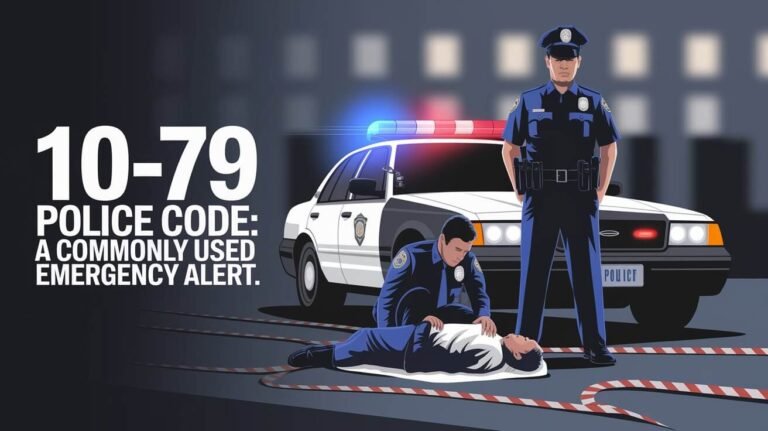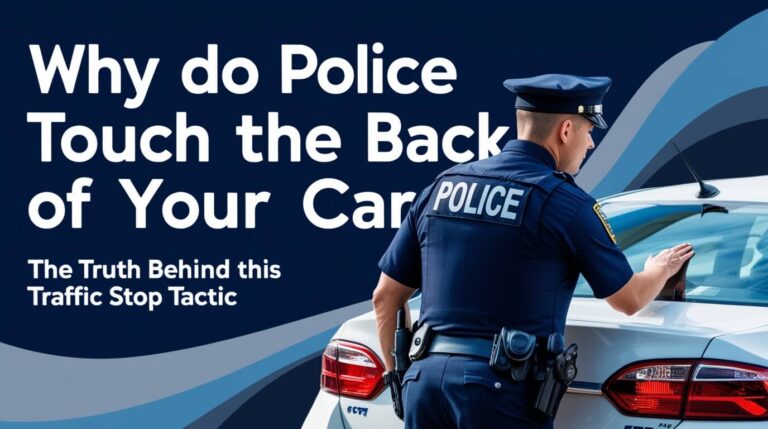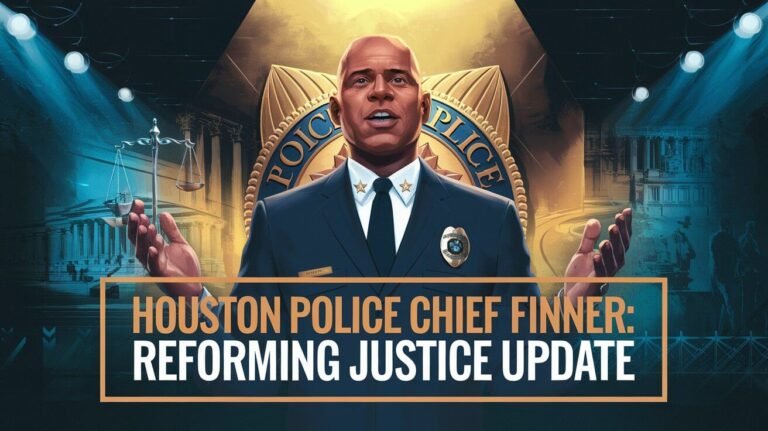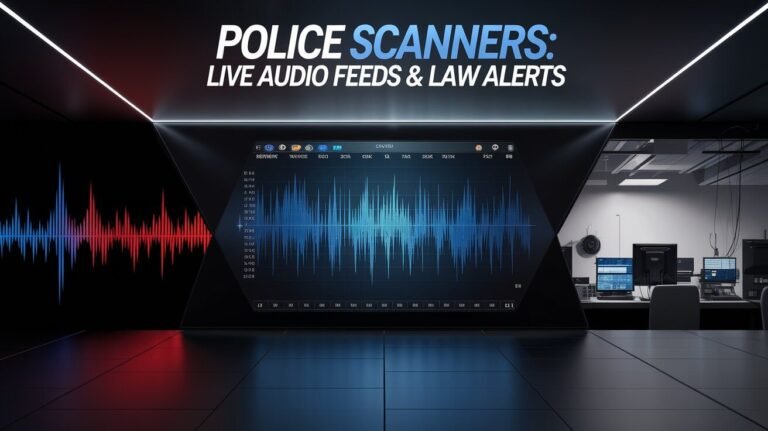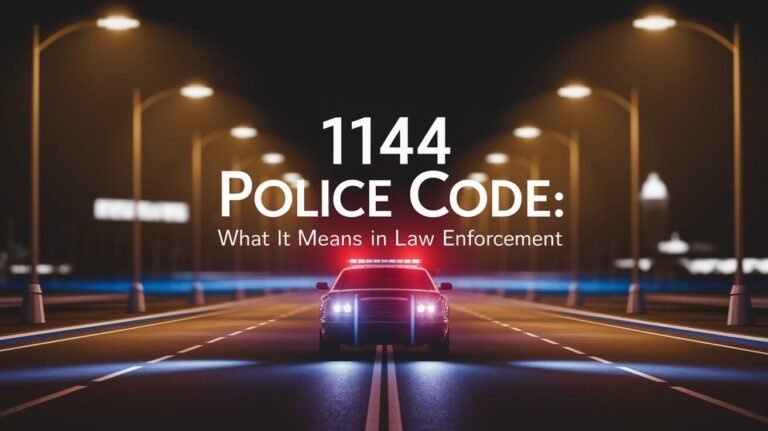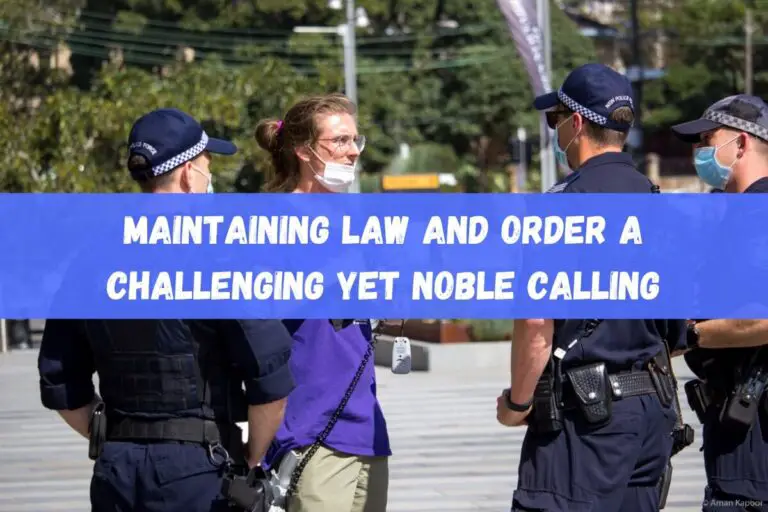What Is A Peace Officer Vs Police Officer: Comparing Law Duties
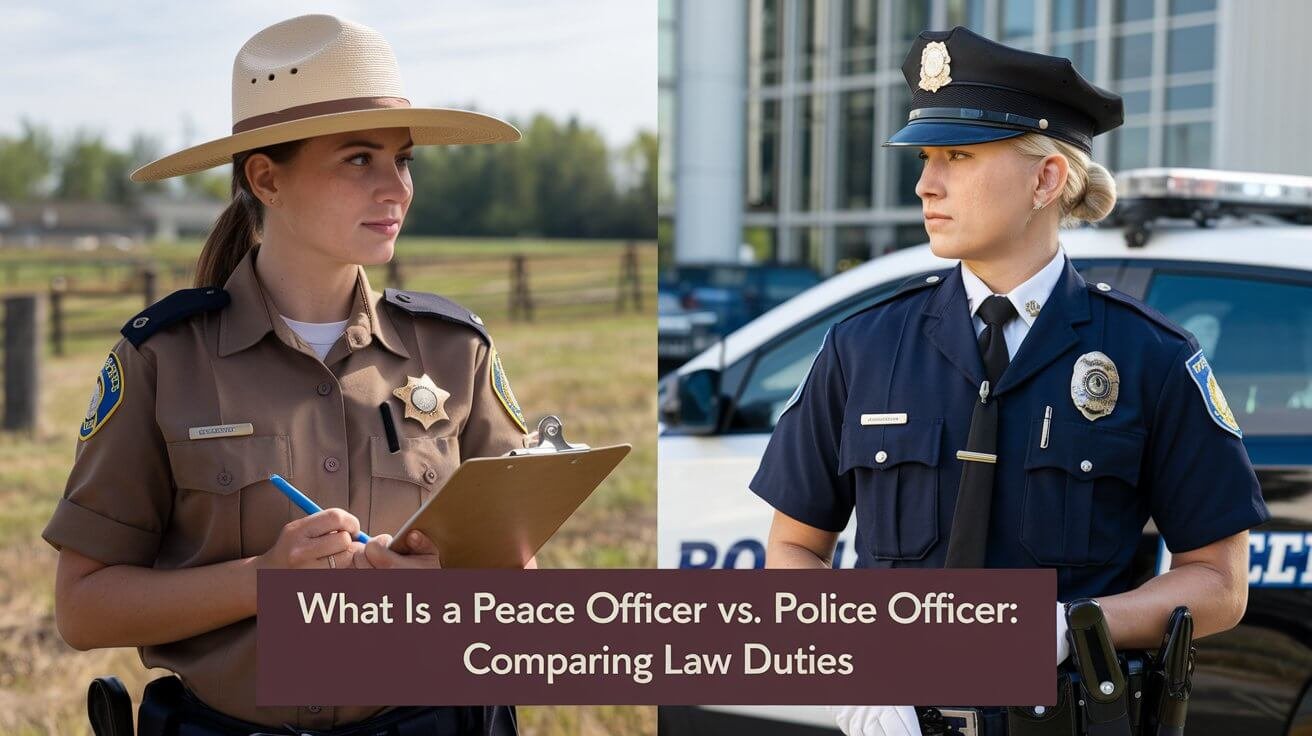
In the world of law enforcement, “peace officer” and “police officer” are often mixed up. This can lead to confusion about their roles and duties. But what are the real differences between these two important jobs? Let’s explore the unique aspects of each and dive into the complexities of law enforcement.
Origins and Evolution of Peace Officers in Law Enforcement
The idea of peace officers in the U.S. started in the Old West. Back then, they kept towns and counties in order. Over time, their role changed to include deputy sheriffs, constables, and marshals. This change showed how society’s needs and law enforcement evolved.
Historical Development from Peacemakers to Modern Officers
The term “peace officer” was used before “police officer.” It covers a wide range of law enforcement jobs. Marshals, for example, became peace officers under federal law. Deputy sheriffs and detention officers work at the county level.
Traditional Western Roots and Transformation
The shift from peacemakers to modern peace officers took time. It was shaped by the needs of law enforcement careers and the criminal justice system. As law enforcement agencies grew more complex, so did the role of peace officers. They now face the challenges of today’s society.
Evolution of Marshal and Deputy Sheriff Roles
- In 2017, the Redlands, CA Police Department put “Peace Officer” decals on patrol cars. A study showed most people liked the idea.
- A pilot study started in January 2018 in Richland County, SC. It involved nearly 600 vehicles to see how it affects public view of police.
- California has a Commission on Peace Officer Standards and Training (POST). It sets the minimum standards for law enforcement in the state.
The role of peace officers has changed to better connect with the communities they serve. This shift aims for a more collaborative and community-focused approach to safety.
“Law enforcement professionals need education on being ‘peace officers,’ handling situations involving addiction, homelessness, mental illness, and domestic violence.”
What Is A Peace Officer Vs Police Officer
In law enforcement, “peace officer” and “police officer” are often mixed up. But they have clear differences. A peace officer has a badge and can arrest and carry a gun. The big difference is that a police officer can be a peace officer, but not all peace officers are police officers.
Peace officers work in different areas and might focus on specific jobs like probation. Police officers, however, work in cities or towns. They handle many kinds of crimes and traffic issues.
The main difference is in their law enforcement qualifications. Peace officers need to pass certain tests and training. This is set by the Peace Officer Standards and Training (POST) Commission. This group makes sure law enforcement meets basic standards in most states.
| Peace Officer | Police Officer |
|---|---|
| Certified badge and power to arrest and carry a service weapon | Typically have jurisdiction within their employing city or municipality and cover a wide range of criminal and traffic law enforcement duties |
| Can have varying jurisdictions and may focus on specific types of law enforcement, such as probation or parole | Must meet training and certification standards set by the Peace Officer Standards and Training (POST) Commission |
To sum up, peace officers and police officers do similar jobs but have different roles. The main difference is in their areas of work, duties, and the rules they must follow to keep their qualifications.
Core Duties and Responsibilities in Modern Law Enforcement
Law enforcement roles cover a wide range of duties. Peace officers and police officers are key to keeping us safe. They both enforce the law but do different tasks every day.
Peace Officer Authority and Enforcement Powers
Peace officers make sure safety rules are followed. They patrol areas, handle emergencies, and start investigations. They write detailed reports of their work.
Depending on their role, peace officers might work in schools, hospitals, or other places. Their powers and where they work can be different from regular police officers.
Police Officer Daily Operations and Tasks
Police officers are the first line of defense. They patrol streets, answer emergency calls, and solve crimes. They also work with the community to build trust.
Police officers do many things. They enforce traffic laws, manage crowds, collect evidence, and talk to witnesses.
Jurisdiction and Geographical Coverage
Peace officers and police officers work in different areas. Peace officers might only work in certain places like schools or hospitals. Police officers cover a whole city or area.
| Responsibility | Peace Officers | Police Officers |
|---|---|---|
| Patrol | Conduct regular patrols to ensure security and safety procedures are followed | Patrol neighborhoods, respond to emergency calls, and engage in community policing |
| Investigations | Carry out preliminary investigations and maintain detailed reports | Investigate crimes, collect evidence, and interview witnesses |
| Jurisdiction | Focus on specific geographical areas or institutions, such as college campuses or hospitals | Maintain authority within their city or municipality, responsible for a broader geographic area |
Both peace officers and police officers are crucial in keeping us safe. Their unique roles help keep our communities safe and secure.
Training Requirements and Professional Standards
In law enforcement, training and standards vary by role and area. Police officers go through a detailed police academy training. This includes physical exercise, legal studies, firearms training, and emergency response.
Many states have the Peace Officer Standards and Training (POST) program. It sets the minimum standards for hiring and training police. POST also handles certification, decertification, and agency checks, ensuring professionalism.
Both peace and police officers need ongoing training and yearly recertification. This keeps them up-to-date with their job’s changing needs. It’s key to serving their communities well.
The National Certification Program (NCP) was started in 2015. It’s led by the International Association of Directors of Law Enforcement Standards and Training (IADLEST). It aims to set national standards for criminal justice training.
Now, 36 states use the NCP program. Idaho and Nevada require it for in-service training. The NCP has strict criteria to ensure training meets best practices.
This certification benefits agencies, officers, and training providers. It also makes it easier for departments to find quality training that fits their needs.
“The pursuit of excellence in training and professional standards is a continuous journey, one that ensures peace officers are equipped with the knowledge, skills, and integrity to serve their communities with the utmost dedication.”
Essential Character Traits and Professional Qualities
To do well in law enforcement, officers need a special mix of traits and qualities. These are key for good job performance and building trust in the communities they serve.
At the heart of a great officer is a strong sense of ethics and morals. Trustworthiness, respect, and fairness are key. They must also control themselves, make fair decisions, and keep learning.
Leadership is also crucial. It helps officers solve problems, gain community trust, and motivate others. Being good at policing tasks, communicating well, and making smart choices are also important for law enforcement qualifications and public safety jobs.
- Ethical and moral consciousness
- Professionalism and integrity
- Strong leadership abilities
- Effective communication skills
- Sound judgment and problem-solving
- Continuous self-improvement and learning
- Respect for individuals and the community
By having these traits and qualities, officers can do their jobs well. They can enforce the law and build good relationships with the public.
“The police are the public and the public are the police; the police being only members of the public who are paid to give full-time attention to duties which are incumbent on every citizen in the interests of community welfare and existence.” – Sir Robert Peel, founder of the modern police force
The Future of Peace Officers in Modern Law Enforcement
The role of peace officers is changing to fit our society’s needs. Schools, like universities, now use the term “peace officer.” This helps build trust, especially with those from underrepresented groups. It highlights the need for community care, advocacy, and clear communication.
Our criminal justice system is evolving, leading to new policing methods. For example, removing nightsticks shows a move towards better serving communities. Peace officers will need to understand different views and adapt to build stronger community ties.
Adopting a peace officer approach is key to gaining public trust. It focuses on community policing, solving conflicts, and working together. This way, peace officers can help create a safer, more united society for everyone.

